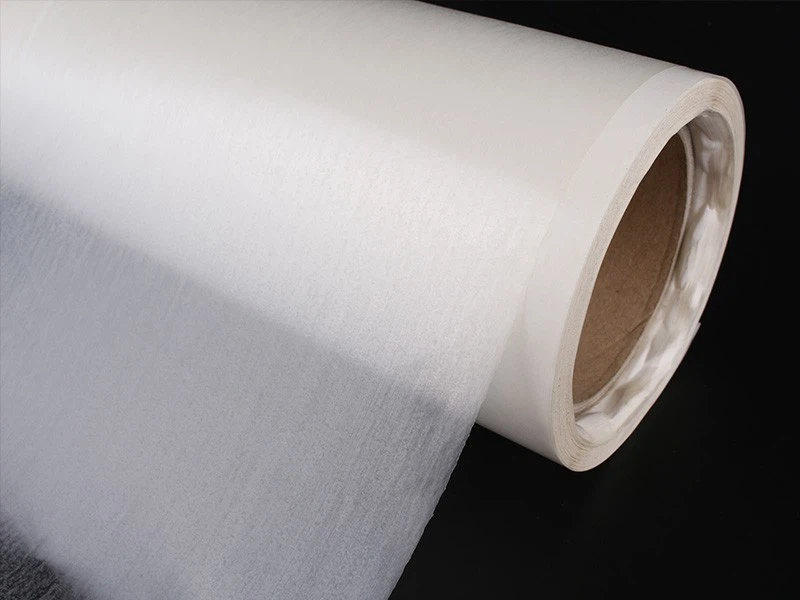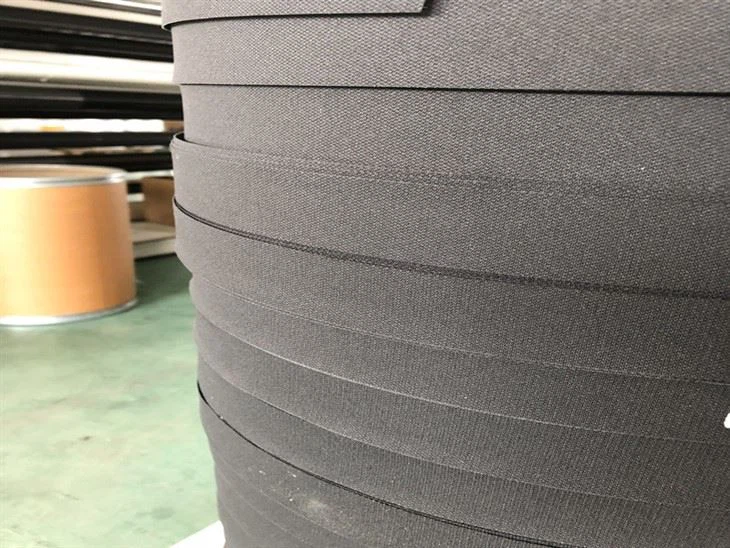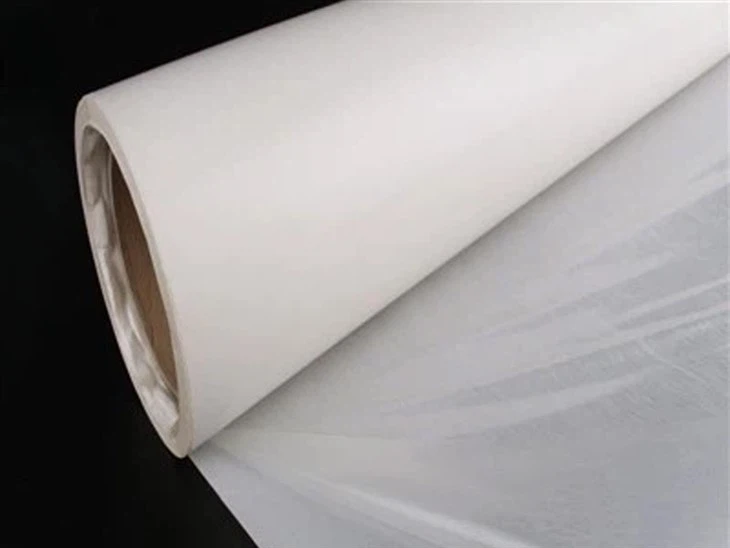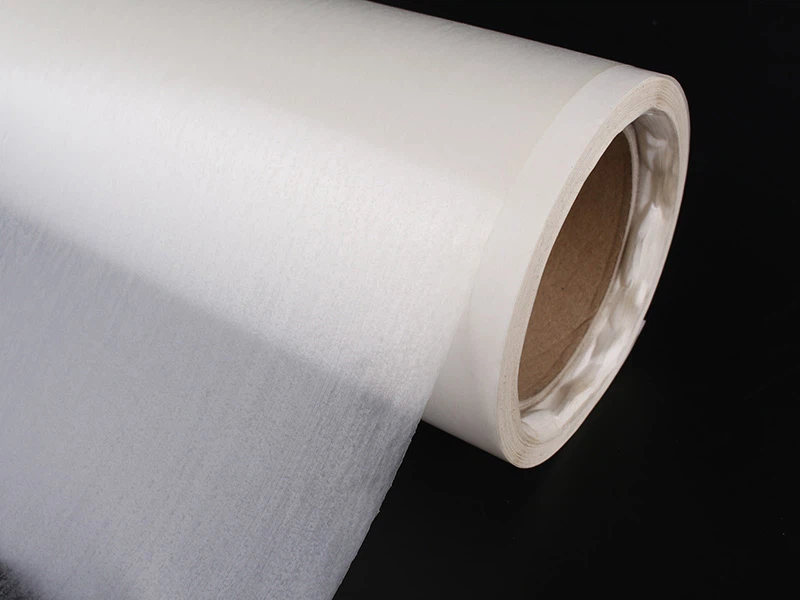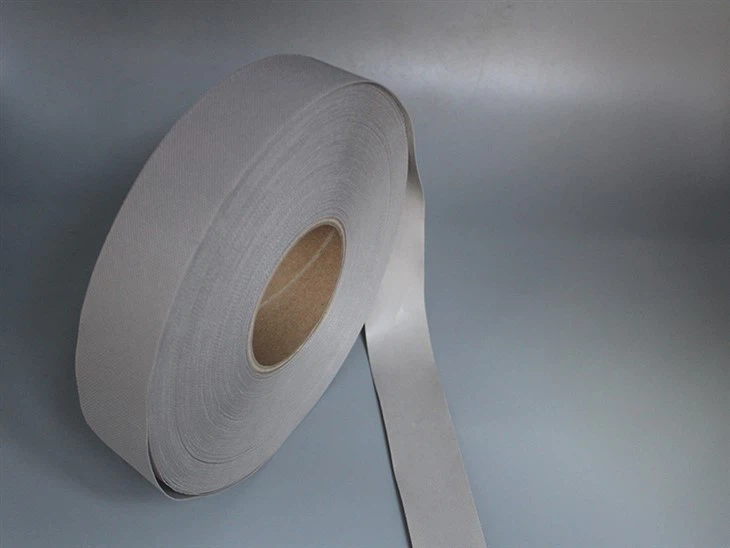PROJECTS
TPU Adhesive Film
PVC Leather Hot Melt Adhesive Film
Hot Melt Adhesive Fabric And PU Film
Black Flannel Fabric Adhesive Tape
Hot Melt Adhesive Film For Bonding The Sponge Material
Hot Melt Adhesive Tape For Automotive Industry
Types of TPU Adhesive Film
TPU Double-Sided Adhesive Film for Fabric Lamination
TPU thermoplastic double-sided hot-melt adhesive film for fabric lamination is a hot-melt adhesive material widely used in the textile industry. It is often used to glue various types of fabrics to give them strength and durability. TPU hot-melt adhesive film coating is a heat-sensitive adhesive that melts rapidly when heated and then solidifies when cooled, forming a strong bond.
TPU hot melt adhesive film for fabric
Thermal adhesive film is a hot melt adhesive material widely used in the textile industry. It is often used to glue various types of fabrics to give them strength and durability. TPU hot-melt adhesive film coating is a heat-sensitive adhesive that melts rapidly when heated and then solidifies when cooled, forming a strong bond.
Durable Polyolefin Hot Glue Film
Nylon Heat Glue Film
Nylon heat-adhesive film is a versatile material that, due to its exceptional adhesion properties, finds application in a wide range of industries. This film is widely used for bonding various materials, providing strong and durable adhesion.
Hot melt adhesive film for gluing carbon crystal plates
Carbon crystal plate is a new decorative material. It is widely used for interior and exterior wall decoration. Width is 1.25 m
Hot Melt Adhesive Tape For Automotive Industry
The hot melt adhesive tape is made by laminating the fabric with a hot melt adhesive film and then cutting it into pieces of the right width at the customer's request. It is mainly used in the automotive industry.
Hot melt adhesive film has good tensile strength
One of the hot-melt adhesive materials often used in the textile industry is a hot-melt adhesive film with good tensile strength. It is often used to increase strength and durability when gluing various types of materials.

Advantages of TPU adhesive film
Wear-resistant and scratch-resistant
TPU film has extremely high wear resistance and scratch resistance, and can effectively resist friction and scratches in daily use, keeping the seat cushion smooth and beautiful. This feature allows the TPU film cushion to maintain good appearance and performance during long-term use, extending its service life.
High elasticity and fit
TPU film has extremely high elasticity and can fit perfectly with various complex shapes and curves of car seats, allowing for seamless installation.
This high elasticity also provides good cushioning of the seat, reducing noise and damage caused by vibration or impact.
UV protection and weather resistance
Due to its powerful UV blocking ability, the TPU film can effectively reduce the impact of UV rays on the seat cushion materials and maintain the brightness of the seat cushion color and the stability of the material.
At the same time, TPU film also has good weather resistance and can maintain its performance and extend its service life in a variety of harsh environments.
Insulation and comfort
Due to its excellent heat resistance and thermal insulation properties, the TPU film effectively insulates the surface of the seat from direct contact with a high-temperature environment, reduces the seat temperature and increases the comfort of the driver and passengers.
This feature is especially important at high temperatures in summer, as it can provide drivers and passengers with more comfortable driving conditions.
TPU hot melt adhesive film production processes
Extrusion method
In this process, the TPU raw material is fed into the extruder cylinder, where it is heated and melted. The molten material is extruded into a TPU sheet film, which is then trimmed, cooled and packaged.
Blow Molding
Blow molding includes making the TPU extruded film a tubular shape using an annular gap shape. Compressed air is fed through the core rod, inflating the TPU film to the desired outer diameter. Then the film is cooled, molded and wound on rolls.
Calendering
Calendering uses several heated rollers that rotate next to each other to continuously form a TPU film. The thickness of the film is adjustable by adjusting the gap between the final rollers. This method is widely used for precise thickness control.
Casting method
This process involves melting, filtration, and degassing of TPU raw materials before being fed into the casting machine. The molten TPU is distributed as a film of the desired thickness through the mold.
Stretching method
The stretching involves extending the TPU film at temperatures between the softening and melting points. This can be done in both unidirectional and bidirectional ways. However, bidirectional stretching is preferred in most industrial applications as it improves the performance and mechanical properties of TPU films.
Frequently Asked Questions








